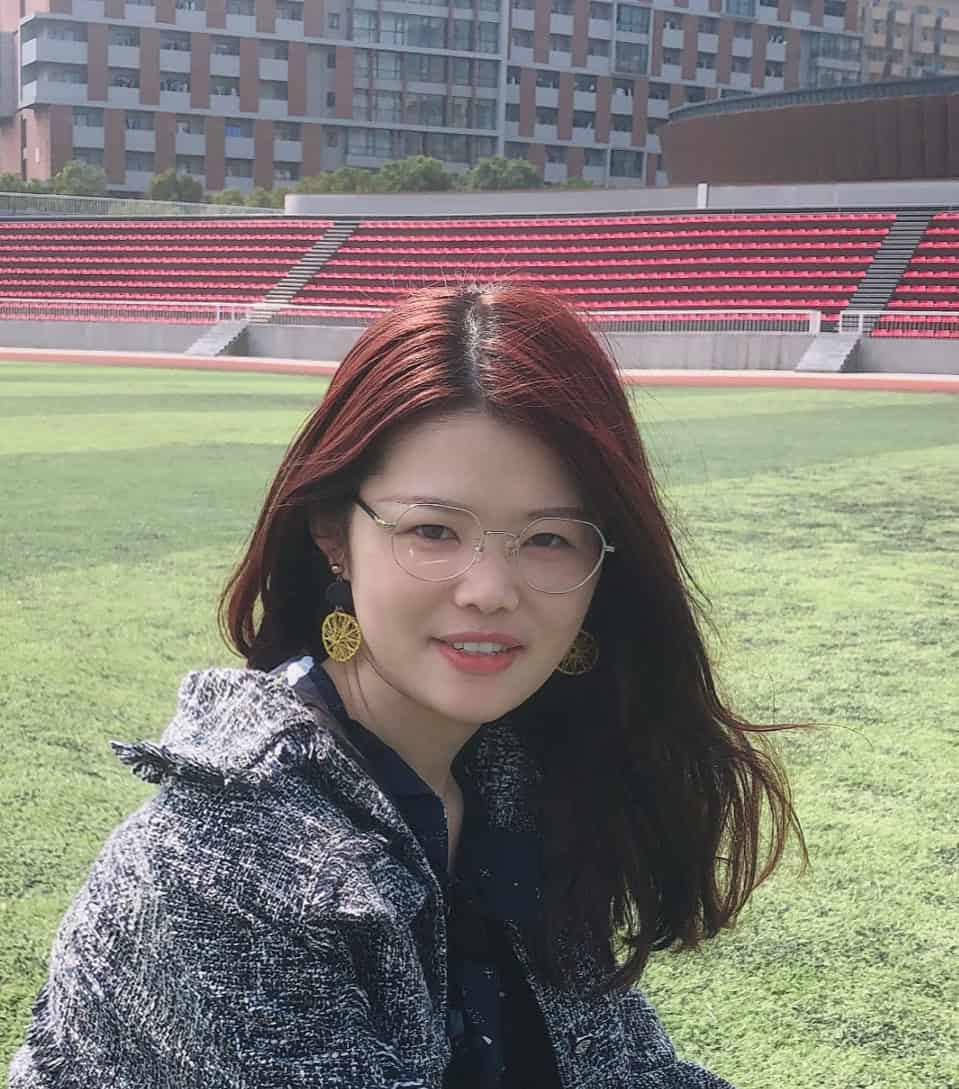The NLRP3 protein senses pathogenic invasions and damage-associated stimuli, and activates the inflammatory caspase-1, which cleaves pro-interleukin 1β (pro-IL-1β) and GSDMD, leading to cytokine maturation and pyroptosis. NLRP3 is proven to be a critically important therapeutic target against inflammatory diseases from the vast amount of published preclinical studies. Dr. Hao Wu’s laboratory has led discoveries of dramatic conformational changes of NLRP3 during its activation. That is, before stimulation, ADP-bound full-length NLRP3 is a double-layered cage structure formed on intracellular membranes, mainly the trans-Golgi network (TGN) membrane; upon stimulation, ATP-bound NLRP3 forms inflammasome disc with NEK7 and adaptor ASC to recruit caspase-1. NEK7 is a centrosomal kinase, which was previously found as a scaffolding protein mediating NLRP3 cage opening.
Dr. Wu’s laboratory and others depicted NLRP3 activation pathway and intracellular trafficking; this trafficking in mouse cells involves the dispersion of the TGN upon stimulation to NLRP3-containing TGN vesicles, and the transport of these vesicles to the microtubule organizing center (MTOC) by microtubule retrograde transport. However, NEK7’s function on the NLRP3 inflammasome in human cells is limited. Dr. Man Wu’s proposal will use biochemical, structural and cellular imaging approaches to interrogate whether and what condition of NLRP3 activation requires NEK7 (Aim 1) and the mechanism of NEK7-indenpendent NLRP3 activation in human macrophages (Aim 2), which will provide comprehensive understandings on NLRP3 activation to guide future therapeutic intervention.
Projects and Grants
NEK7-indenpendnt NLRP3 inflammasome activation in human macrophages by condensate formation
Boston Children’s Hospital | All Cancers | 2024 | Hao Wu, PhD

